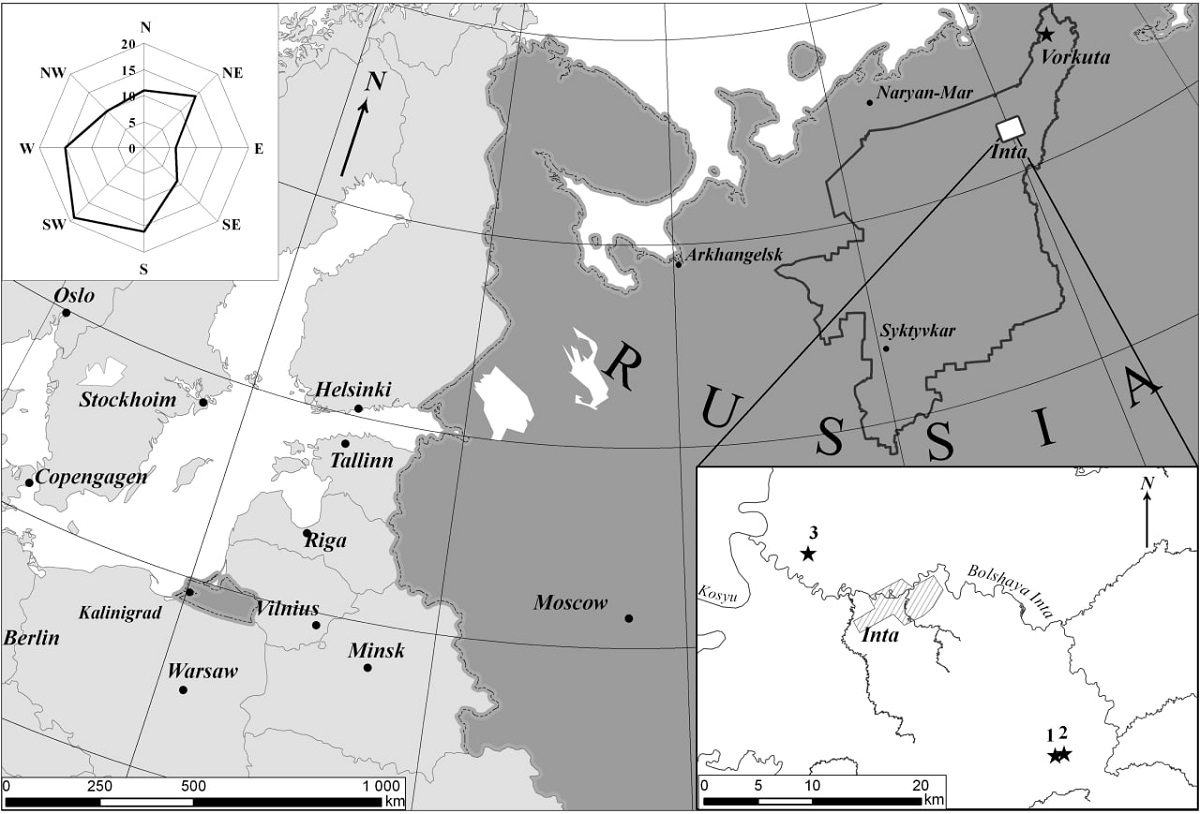Scientists from St Petersburg and Komi study the ecological condition of peatlands in the Komi Republic
Ecologists from St Petersburg University and the Institute of Biology of Komi Science Centre of the Ural Branch of the Russian Academy of Sciences (Syktyvkar, Russia) have analysed peat massifs in the Arctic territories of the Komi Republic and revealed that heavy metal concentrations are significantly above their reference values.

For many Arctic regions, the issue of environmental degradation is especially acute today. One of the main elements of the environment that is exposed to pollution is wetland systems. Thus, the current climate warming trends result in permafrost degradation, which exposes the hydrological network to risks of heavy metal ingress and its subsequent migration to the Arctic Ocean basin.
The research findings are published in the International Journal of Environmental Research and Public Health.
In addition to studying the ecology of the Arctic freshwater system, a different scientific problem is to be solved — to determine the causes of excessive heavy metal accumulation in soils. According to the researchers, there are numerous factors contributing to bioaccumulation of heavy metals in soil. For instance, the possibility of long-range atmospheric transport of pollutants from remote regions or anthropogenic pressure on the ecosystem should not be ruled out. The research conducted by ecologists from the Institute of Biology of Komi Science Centre of the Ural Branch of the Russian Academy of Sciences and St Petersburg University has shown that even the most remote regions are to some extent exposed to chemical pollution.
We carried out a quantitative chemical analysis of the content of heavy metals and arsenic across the layers of the peat deposits .The analyses of elements were conducted by atom emission spectroscopy with inductively coupled plasma, atomic absorption spectroscopy and scanning electron microscopy with an energy-dispersive X-ray detecting.
Professor Evgeny Abakumov, Acting Head of the Department of Applied Ecology at St Petersburg University
‘By combining these research methods, we were able to determine concentrations of heavy metals and arsenic and assess the size and shape of mineral particles accumulated in the upper layers of peat as a result of aerotechnogenic pollution,’ explained Professor Abakumov, Acting Head of the Department of Applied Ecology at St Petersburg University.
The research findings show that the concentrations of pollutants in the far northern taiga peat deposits are elevated compared to the background reference levels.
The researchers argue that significant amounts of mercury, lead, cadmium and other heavy metal compounds enter the Subarctic in aerosols via regional and long-range atmospheric transport.

